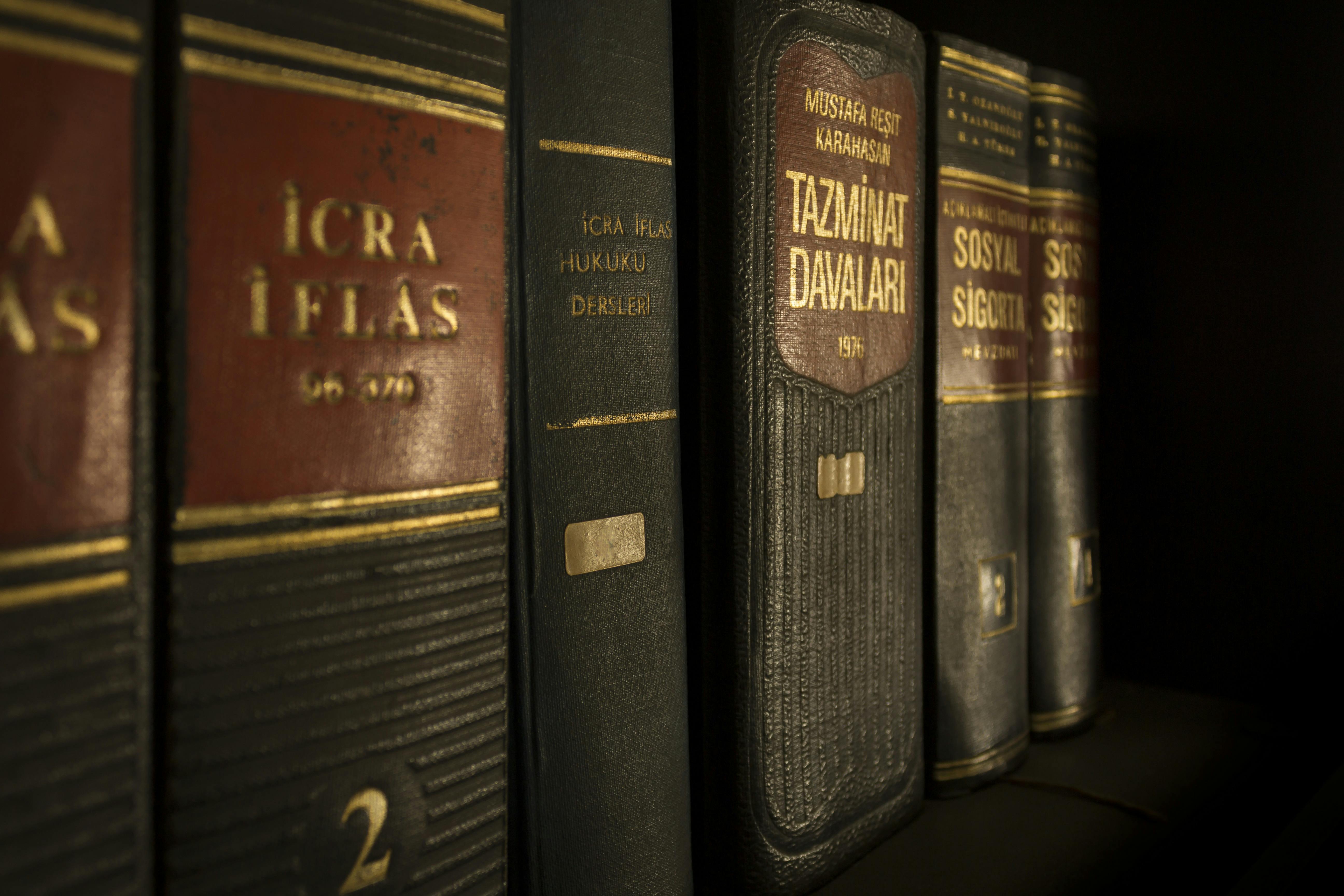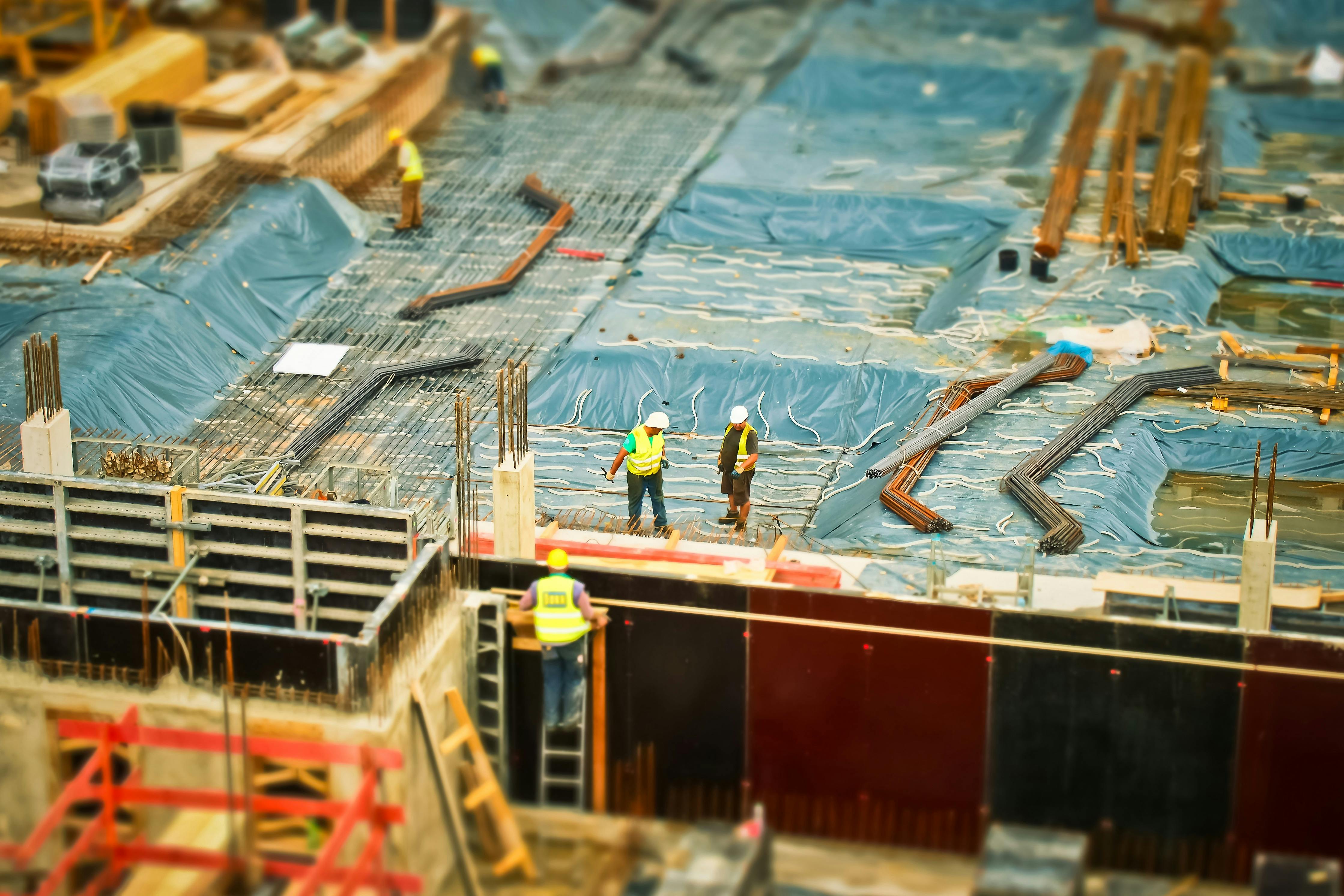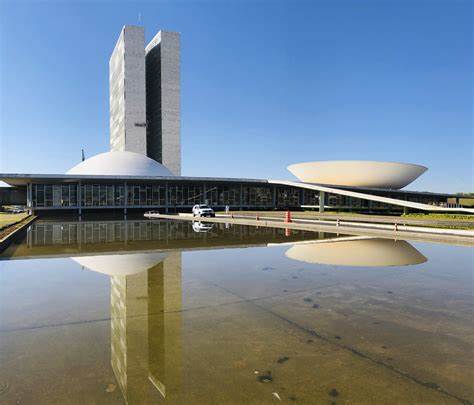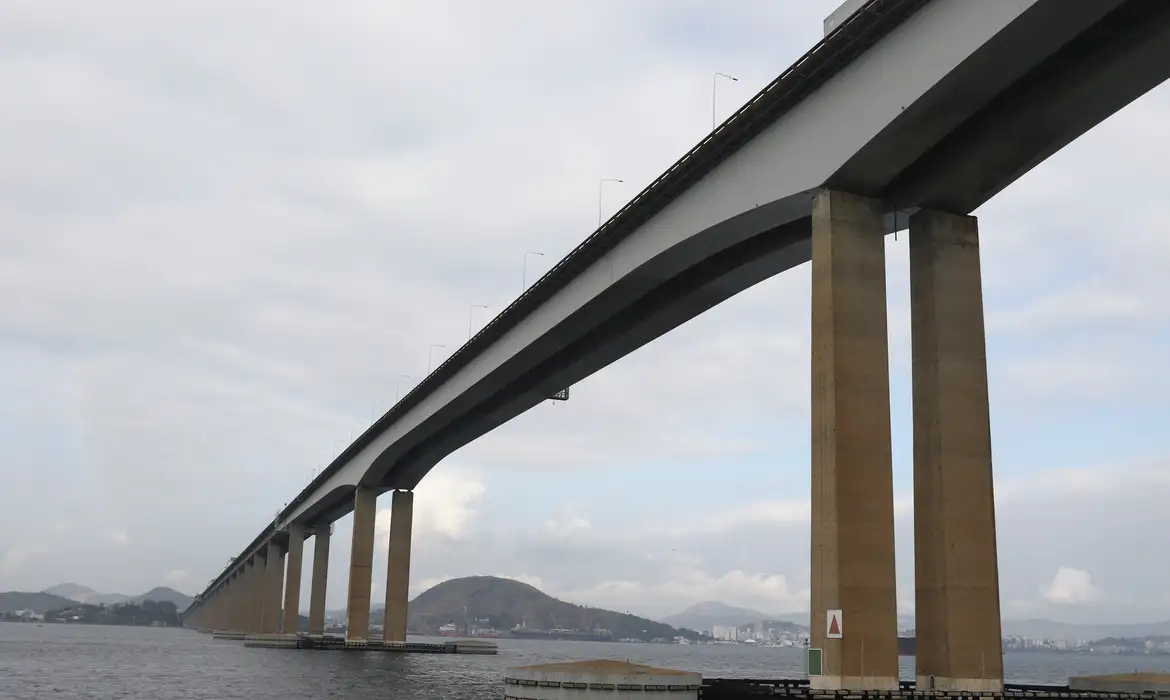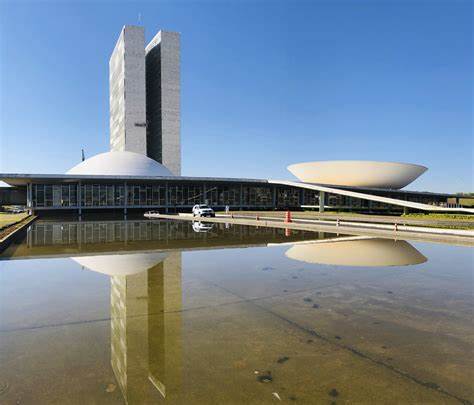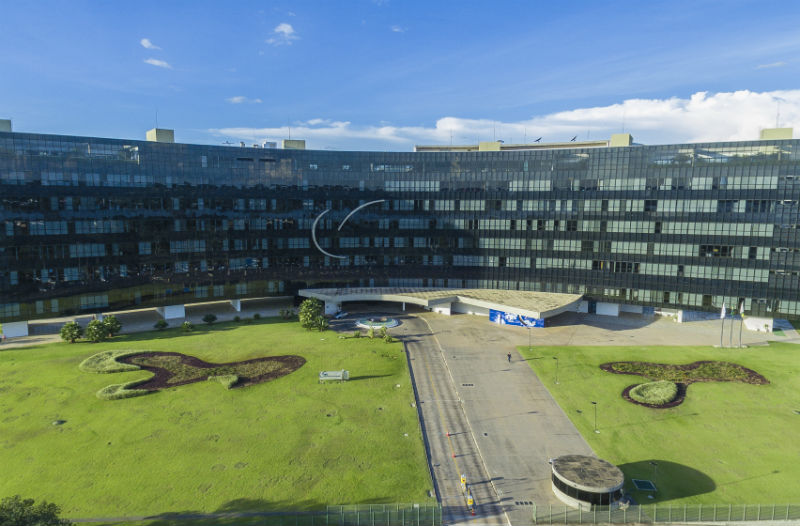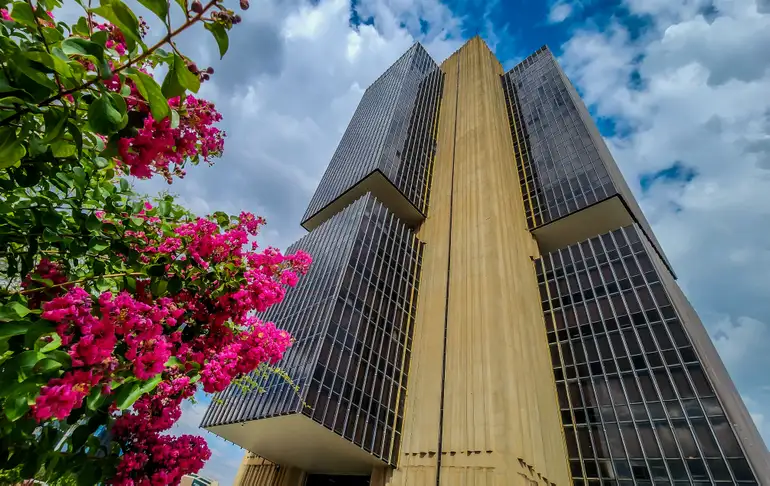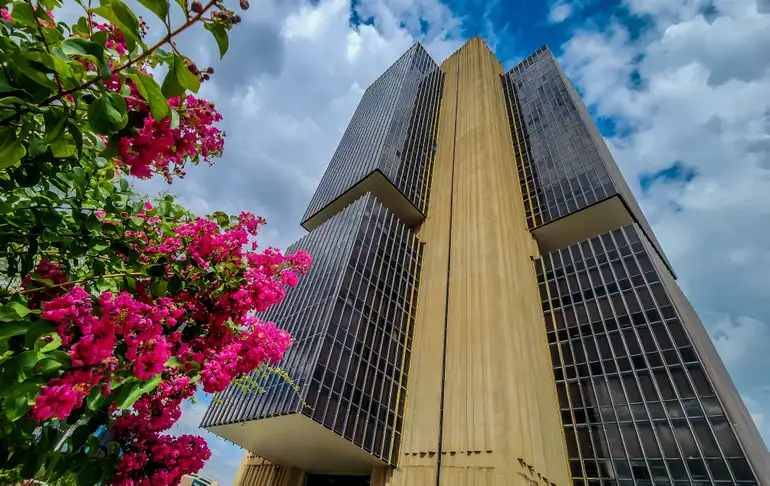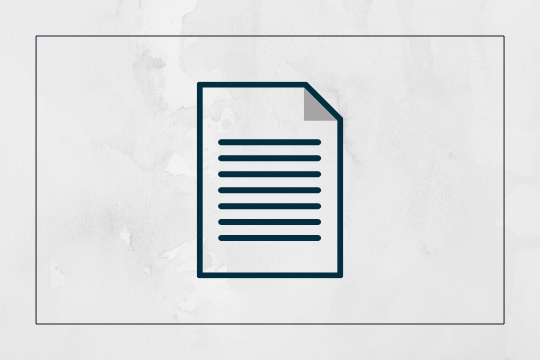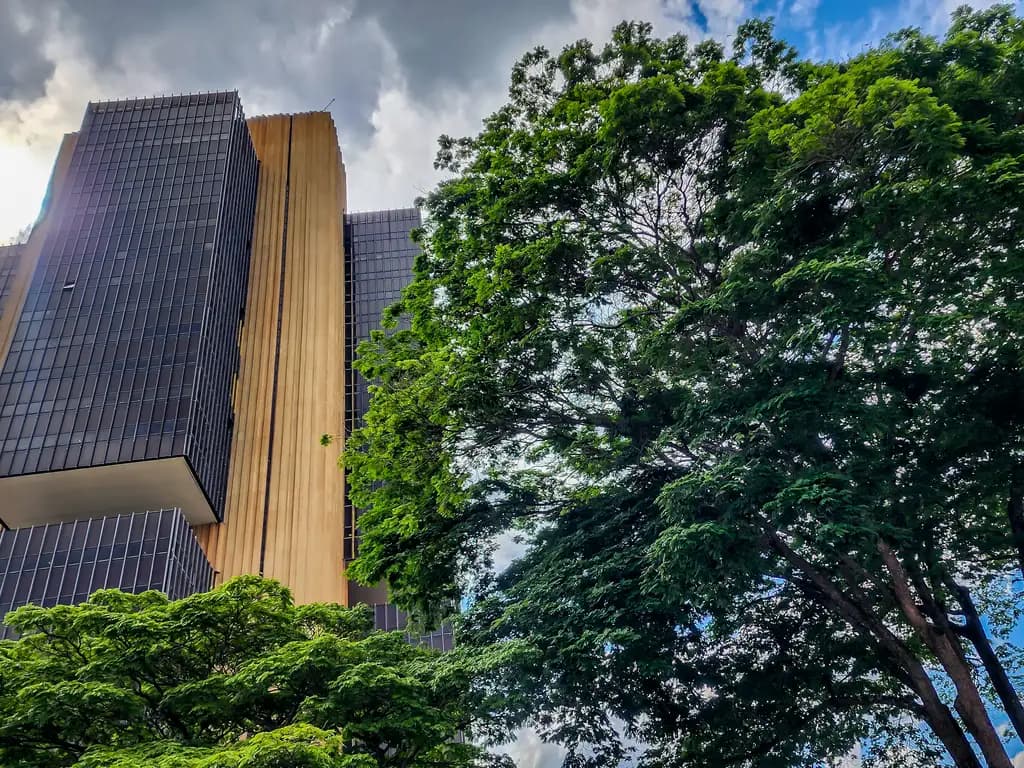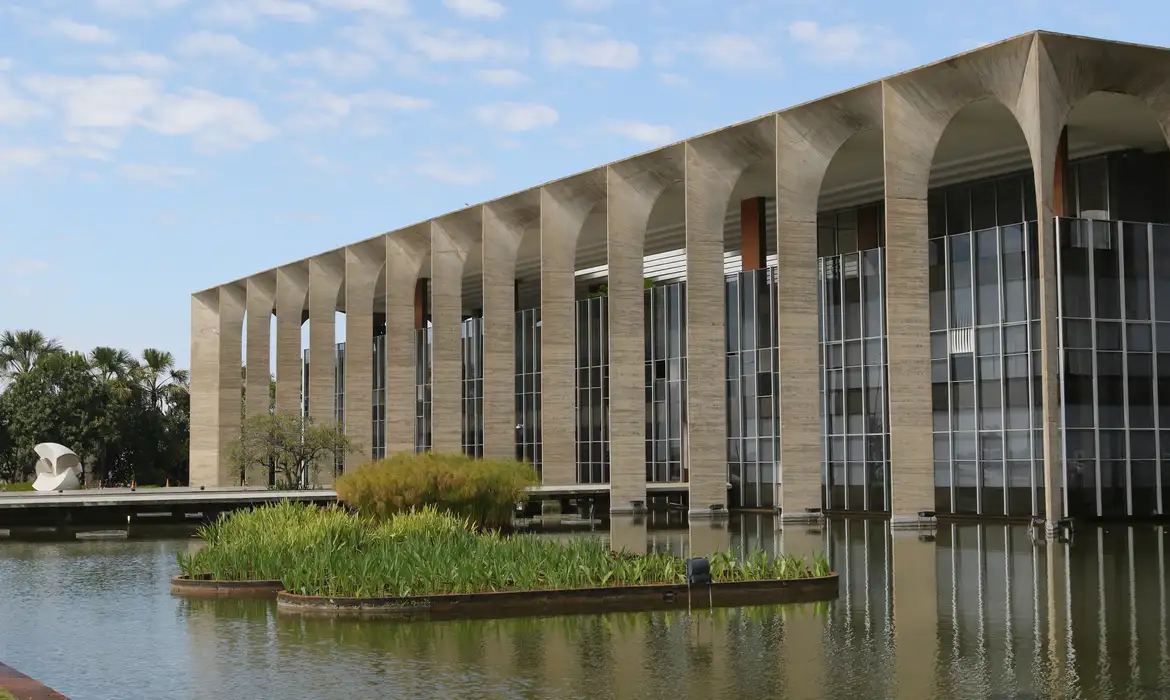After years of expectation, the National Civil Aviation Agency (ANAC) has finally published the Special Brazilian Regulation of Civil Aviation No. 94 (“RBAC-E94”), which governs the drones’ activity in Brazil. Until now, the commercial use of drones lacked specific regulation, and this brought legal uncertainty to investors and operators of Remotely Piloted Aircrafts (RPA), as the non-recreational drones authorized by ANAC are designated in the regulation.
While RPAs are versatile, their use ranging from making deliveries and filming events to the inspection of oil vessels and gas pipelines, in Brazil they are mostly engaged in agriculture, where they improve care of plantations and optimize services of mapping, topography and registry of rural areas.
RBAC-E94 covers commercial (service to third parties) and corporate (use by an entity without commercial or experimental purpose) RPA use, as well as experimental (nonprofit) and recreational (“aeromodelling”) purposes.
RBAC-E94 applies to any unmanned aircraft that operates inside the Brazilian territory or owns a certificate or license issued by ANAC. It was influenced by regulation issued by Unites States, Australia and EU. Its main provisions are indicated below.
Classification by weight and visual line of sight
RPAs are classified according to their weight, with greater restrictions for heavier drones. Class 1 includes RPA with Maximum Takeoff Weight (PMD, which takes into account the aircraft’s weight, fuel, load) greater than 150 kg; class 2 includes RPA with a PMD greater than 25 kg and less than or equal to 150 kg; and class 3 includes RPA with PMD less than or equal to 25 kg.
If the pilot is capable of keeping direct visual contact with the RPA (without the help of any equipment or auxiliary crew) the operation is termed “VLOS” - Visual Line Of Sight - (with less regulatory requirements). If the pilot cannot keep visual contact with the RPA without equipment support, but is assisted by one or more assistants who do keep visual contact, the operation is termed “EVLOS” - Extended Visual Line of Sight - and will be subject to the same rules applicable to VLOS flights. If both pilot and assistants (if any) are only able to visualize the RPA with equipment support, the operation is designated “BVLOS” - Beyond Visual Line Of Sight (with greater regulatory requirements).
Flight Rules
In addition to the authorization of operations in Brazilian territory, RBAC-E94 also contemplates RPA crossing national border under special authorization and subject to the rules issued by the authority of control and security of aerial navigation (the Department of Airspace Control - DECEA). DECEA requires, for example, that flights on very low altitudes (below 400 meters) be previously informed and executed by drones with PMD less than 25 kg.
Autonomous aircrafts, i.e. not subject to remote pilot intervention, are strictly prohibited. The transportation of people, animals and dangerous items (designated as such by ANAC) is forbidden, with a few exceptions, such as, in the latter case, for use in agricultural cultivation. RPA with more than 250g must be insured to cover damage to third parties, except if owned by state-controlled entities.
Finally, the use of airfields by drones must be authorized by the respective airport operator.
Minimum distance to third parties
Minimum distance between RPA and third parties not involved in their operation must be greater than 30 horizontal meters, except: (i) if there is a mechanical barrier capable of protecting third parties from occasional accidents; or (ii) if express consent is obtained from all third parties located within the 30 meters. Such consent might be obtained, for example, by a clause on tickets for events in restricted areas.
In addition to ANAC rules, RPA use demands compliance with regulations issued by DECEA, the National Telecommunications Agency (ANATEL) and other authorities that might create new operational restrictions.
Piloting requirements
All pilots of RPA class 1 or 2 must hold the Aeronautical Medical Certificate (CMA), issued by the Aeronautical Command. RPA pilots and their assistants must be eighteen years old or more (regardless of the RPA class). Except for operation of RPA class 3 up to 400 feet in the air, all pilots must have a license issued or validated by ANAC.
Certification
RPA must be certified with the Brazilian Aeronautical Registry and identified with their nationality mark and registration record. RPA class 3 operating up to 400 feet in VLOS or EVLOS do not require such certification, but instead a simplified registry through ANAC digital system1. RPA with PMD up to 250g do not need the certificate nor the registry described here.
Drones activity also requires: (i) project authorization by ANAC; (ii) airworthiness certificate varying according to the purpose and the class of the aircraft; and (iii) Declaration of Annual Maintenance Inspection (DIAM). RPA class 3 operating up to 400 feet in VLOS or EVLOS is not subject to “i” and “ii”, and RPA classes 2 and 3to “iii”.
Penalties
Failure to comply with RBAC-E94 results in the application of penalties under the Brazilian Aeronautical Code (such as fines, aircraft apprehension and cancelation of certificates, licenses and authorizations), and may result, as a preliminary measure, in the temporary suspension of operation. In case of violation of privacy and rights related to personality (in special intimacy and image rights), civil compensation may be imposed.
Criminal liability may also apply, such as for exposing people and aircraft to risk or hampering air navigation, or lack of licensing or certification.
RBAC-E94 is expected to attract drone business.
1 Available at: sistemas.anac.gov.br/sisant



















